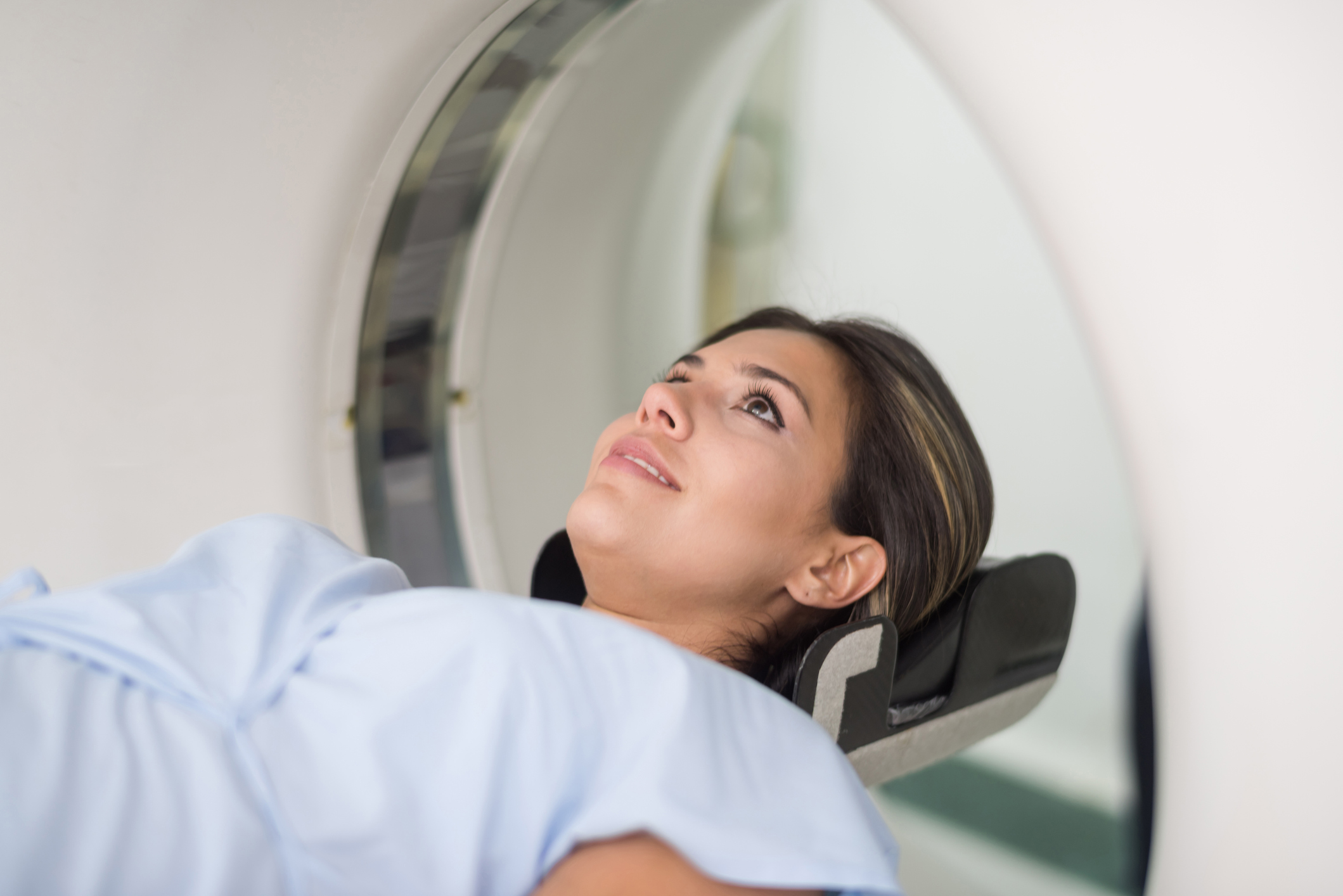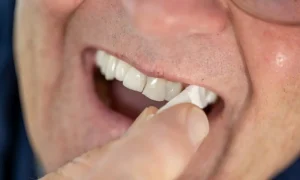
A doctor could advise a CT urogram in New Jersey if a patient complains of specific urinary tract signs like discomfort or dark urine.
Using imaging technology and supplementary dye, CT urograms enable medical professionals to identify issues such as kidney and haematuria, some malignancies, and complexation.
This post would go through the reasons why clinicians would suggest a CT urogram, just what entails, and some potential hazards. Additionally, this would cover when a patient has to see a doctor.
It is what?
A specific contrast material or colour that a clinician involves injecting into a vein is used during a CT urogram, a diagnostic that employs both of these methods. The elevated picture quality of the contrast material enables medical professionals to examine and diagnose the lower urinary tract.
But without operation, Computed tomography (CT) is an aspect of health scanning that gives doctors a view of inside the body.
A revolving X-ray machine is housed inside the CT scanner, which is a small tube. The interior of the scanner spins while the subject is lying inside it, taking a sequence of pictures from different angles.
Why is it done?
To check the kidneys, renal pelvis, and urethra, a Computed tomography urogram is employed. It enables your physician to examine the size and form of these parts to see whether they are healthy and to check for any indications of an illness that could damage your urinary system.
If you experience clinical manifestations that might be indicative of a urinary tract disease, such as discomfort in your rear or bleeding in the urine (hematuria), your physician could advise getting a CT urogram.
To diagnose disorders of the urinary system, a CT urogram could be useful.
- Renal stones
- Urinary stones
- Infection complications
- Cysts or tumours
- Structural issues with cancer
Following a CT urogram
The IV line is withdrawn from the arm whenever the test is finished, and the IV entrance location is then dressed. After the exam, the majority of participants resume their regular activities.
Results
Your CT urogram’s X-ray pictures are reviewed and interpreted by a medical professional known as a radiologist, who then provides a statement to the physician. At a subsequent visit, make sure to talk to your doctor about the findings.
A modest sedative could be used during a CT urogram if the patient’s doctor approves it and they have any worries about the operation. During the treatment, mild anaesthesia may assist relieve stress and any discomfort you may be experiencing.







